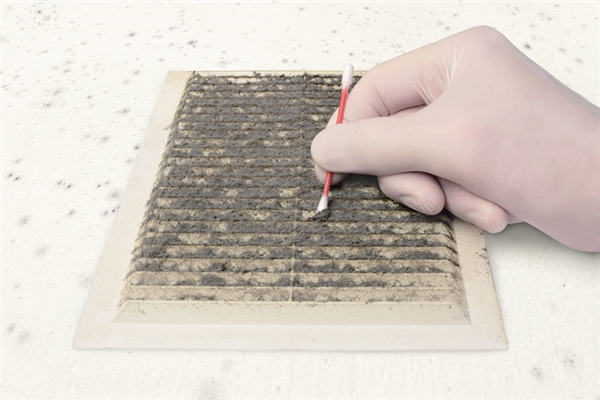
Indoor air quality is crucial for a healthy and comfortable living environment. Unfortunately, one common issue that homeowners may face is the presence of mold in their HVAC vents. Mold growth in ventilation systems can lead to a range of health problems and compromise the efficiency of your heating and cooling systems. In this comprehensive guide, we will delve into the causes of mold in vents, its potential health impacts, and most importantly, how to effectively tackle this problem.
Understanding the Causes of Mold Growth in Vents
Mold thrives in moist and dark environments, making your HVAC vents a potential breeding ground if the conditions are right. Common causes of mold growth in vents include:
Moisture Intrusion: Leaky roofs, pipes, or condensation can introduce excess moisture into your ventilation system, providing an ideal environment for mold to flourish.
Poor Ventilation: Inadequate air circulation can create pockets of stagnant air that trap moisture and encourage mold growth.
High Humidity Levels: Regions with high humidity are more prone to mold issues, as the excess moisture in the air can seep into vents.
Recognizing the Signs of Mold in Vents
Identifying the presence of mold in your vents is crucial for prompt action. Look out for the following signs:
Musty Odors: A distinctive musty smell emanating from your vents could indicate mold growth.
Allergic Reactions: Increased allergies or respiratory problems among household members may be a result of mold spores circulating in the air.
Visible Mold: Sometimes, mold can be seen around the vent openings or even inside the ducts if they are accessible.
Health Impacts of Mold in Vents
Exposure to mold spores can have detrimental effects on your health, especially for individuals with allergies, asthma, or weakened immune systems. Common health impacts include:
Allergic Reactions: Sneezing, coughing, skin rashes, and eye irritation are common allergic responses to mold exposure.
Respiratory Issues: Mold spores, when inhaled, can lead to worsened asthma symptoms and respiratory infections.
Long-Term Effects: Prolonged exposure to mold may result in chronic health issues, making it crucial to address the problem promptly.
Steps to Remove Mold from Vents
Dealing with mold in your vents requires a systematic approach to ensure effective removal and prevent recurrence.
Safety Precautions: Before attempting any removal, ensure you are equipped with protective gear such as gloves, a mask, and goggles to minimize exposure to mold spores.
Professional Assessment: It’s wise to seek the expertise of a professional HVAC technician who can assess the extent of the mold issue and recommend appropriate actions.
Duct Cleaning: A Charleston Mold in the vents company told me professional duct cleaning involves specialized tools to dislodge and remove mold and debris from the ventilation system.
Mold Remediation: In severe cases, mold remediation companies can eliminate the mold, sanitize the ducts, and offer preventive measures to hinder future growth.
Repair Leaks: Address the root cause of moisture intrusion by fixing any leaks or sources of water near the HVAC system.
Preventing Mold Regrowth
Prevention is key to avoiding recurrent mold issues in your vents.
Regular Maintenance: Schedule routine inspections and maintenance for your HVAC system to catch and address potential problems early.
Humidity Control: Invest in a dehumidifier to maintain optimal indoor humidity levels, especially in humid climates.
Air Purification: Consider using high-quality air filters and purifiers to trap mold spores before they circulate through the vents.
Proper Ventilation: Ensure proper air circulation in your home to prevent stagnant air pockets that encourage mold growth.
Sealing Ducts: Properly sealed ductwork reduces the chances of moisture infiltration, which is essential for mold prevention.
Conclusion
Mold growth in HVAC vents is a serious issue that requires immediate attention to safeguard both your health and your home’s air quality. By understanding the causes, recognizing the signs, and taking decisive action through proper removal and prevention techniques, you can effectively combat mold growth in your vents. Remember that consulting professionals and investing in regular maintenance are vital components of maintaining a mold-free and comfortable living environment. Prioritizing your indoor air quality not only ensures a healthier lifestyle but also prolongs the life of your HVAC system.